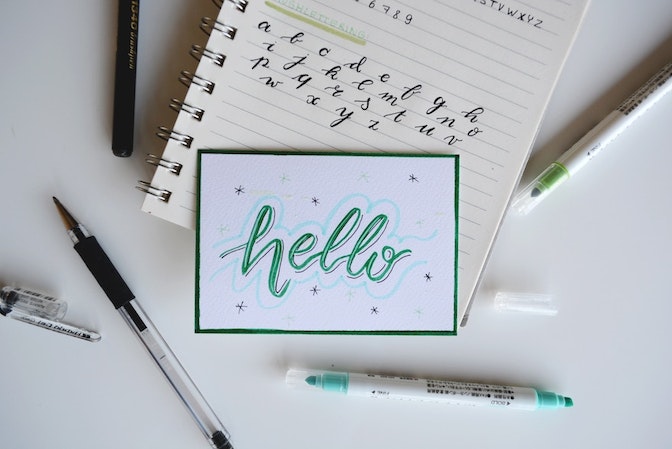Not sure how to use Instagram for business? Well, it’s time to learn the best ways to use the app for your professional venture.
Why Instagram? With more than one billion users, the platform offers tons of ways for ecommerce merchants to find and connect with potential customers. And with a suite of targeting and advertising options, you can choose exactly which of those users you want to get in front of.
Interested in using Instagram for your small business? We’ll tackle everything you need to get started below.



What is Instagram?
Instagram, a visually focused social media platform, permits users and brands to share photo and video content with followers. Originally a simple photo-sharing app, it’s since evolved into a multimedia platform featuring personalized content and ads. On Instagram, you can effortlessly create, edit, and share captivating visuals, reaching audiences globally with just a tap.
Is Instagram free?
Instagram is accessible to everyone, but you must be at least 13 years of age. Setting up an account, sharing posts, and engaging with users is free. The only time you’ll incur a fee is if you opt for Instagram ads or boost a specific post.
How to create an Instagram account
You have to create an account to be able to access Instagram’s features. Here are the required steps:
1. Get the Instagram app
Go to the Google Play Store or Apple App Store (depending on your device’s operating system) and type “Instagram” into the search bar. Look for the official Instagram app from Meta and download it.
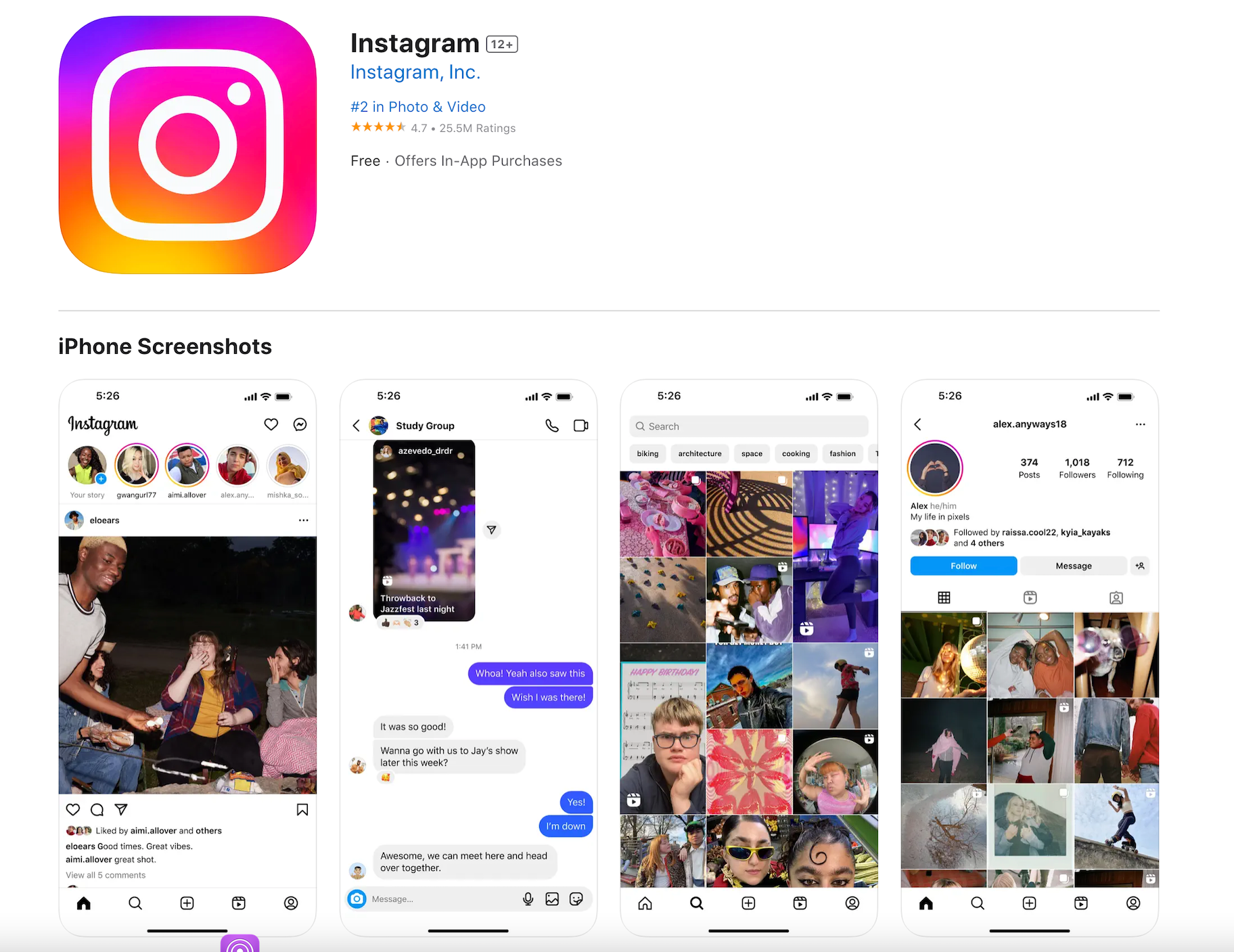
2. Create a new account
Launch the Instagram app. On the opening screen, there’s an option saying “Create new account.” Go ahead and select it.
Next:
- Pick a clear username people will remember. If it’s for your business, you can use its name.
- Create a strong password.
- Enter your birthdate.
- Confirm your account with a code that’s sent to your email or phone.
- Agree to Instagram’s rules and policies.
Note: If you have a Facebook account, you can connect it to Instagram. This makes logging in simpler and helps in sharing between the two platforms.
3. Add or edit profile info
Once your account is ready, the next step is to make it truly yours. Here’s how you can set your profile to stand out and connect with your audience:
Add a relevant profile picture
- For a business account: Consider using your brand’s logo.
- For personal account: A sharp, high-quality picture of yourself works best. Make sure your face is central and easy to recognize.

Craft a compelling bio
Your Instagram bio is a tiny but mighty space. It’s that quick hello, offering a glimpse into who you are or the essence of your brand. A heads-up: You’ve got just 150 characters to nail it. To put that into perspective, that’s even shorter than a paragraph. So every word really counts.
To craft a compelling Instagram bio:
- Highlight your USP: What makes you stand out? Emphasize it in your bio.
- Inject personality: Use emojis or catchy phrases to showcase your character.
- Optimize your links: Though Instagram allows five links, simplicity is key. Use a tool like Linkpop to create a single link directing to multiple destinations, like your blog, store, or other profiles.

Need some inspiration? Check out our extensive list of more than 200 Instagram bios ideas that you can tailor to fit your style (or simply copy and paste).
4. Pick the right type of Instagram account
Instagram offers you three account types: Personal, Business, and Creator.
Personal account: This is the go-to for those just getting started. You can set it to public or private based on your preferences. Private personal accounts work best when you want to access Instagram to share moments with friends and family.
Business account: Businesses and brands thrive with this account. It expands your reach, connecting you with a vast number of Instagram users. The Shop Now button is its key feature, turning curious viewers into potential customers.
Creator account: Content creators find this account invaluable. It helps creators define their brand on the platform. One highlight is the custom label below the display name, which offers a quick insight into the creator’s specialty or area of expertise.
With the right account type, you’ll harness Instagram’s potential tailored to your objectives.
Types of Instagram posts
Instagram offers a diverse range of post options, allowing brands to flex their creativity and connect with their audience in multiple ways. Here’s an overview of the types of content you can develop:
Single-image posts
A straightforward post type. You share one image with a fitting caption. Ideal for product snaps, announcements, reposting content like tweets, or showcasing testimonials.
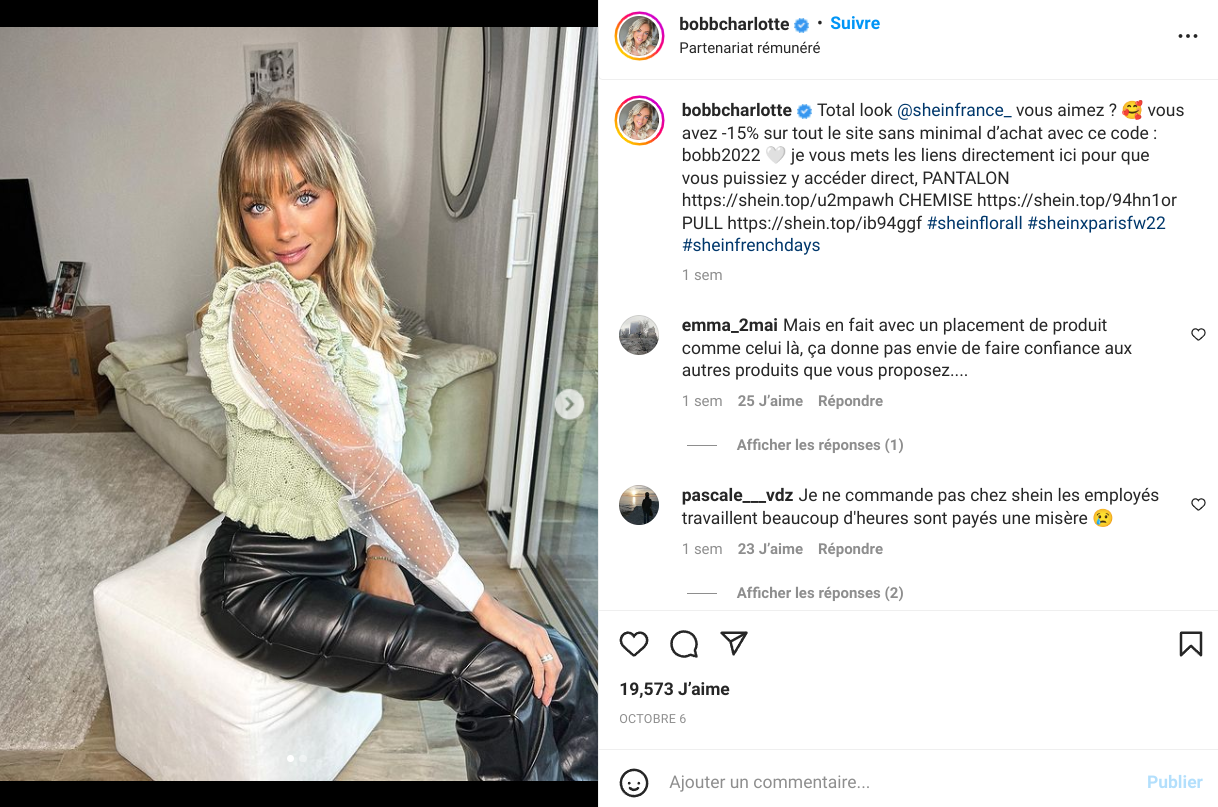
Carousel posts
Ever wanted to share a journey or a step-by-step process on your Instagram feed? Carousel posts let you do just that. With the ability to share up to 11 images consecutively, you can narrate a story, illustrate a before-and-after, or spotlight a series of products.
View this post on Instagram
Instagram Stories
These are temporary 24-hour posts. Features like polls and stickers boost interaction. They are prime for a sneak peek behind the curtain of your brand or teasing new content.
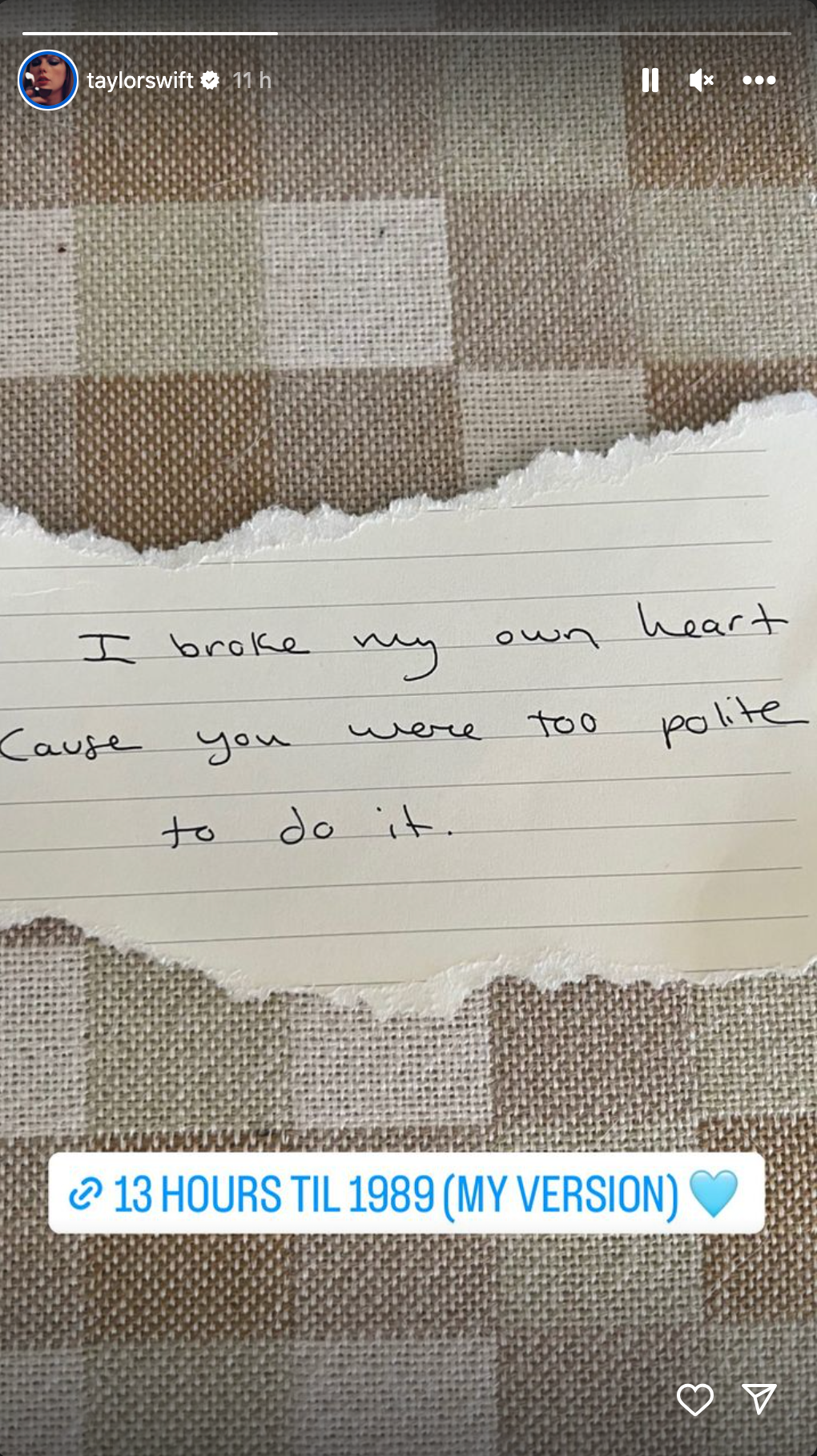
Instagram Highlights
Think of Highlights as permanent Stories. While regular Stories vanish after 24 hours, Highlights stay on your profile for everyone to see. You can group them into themed categories, such as Announcements, Testimonials, and others.

Instagram Reels
Right now, Reels are making waves on Instagram. They’re short videos that you can create and share, lasting up to 90 seconds. With that time, you can introduce new products, showcase trending moments, or just have some fun.
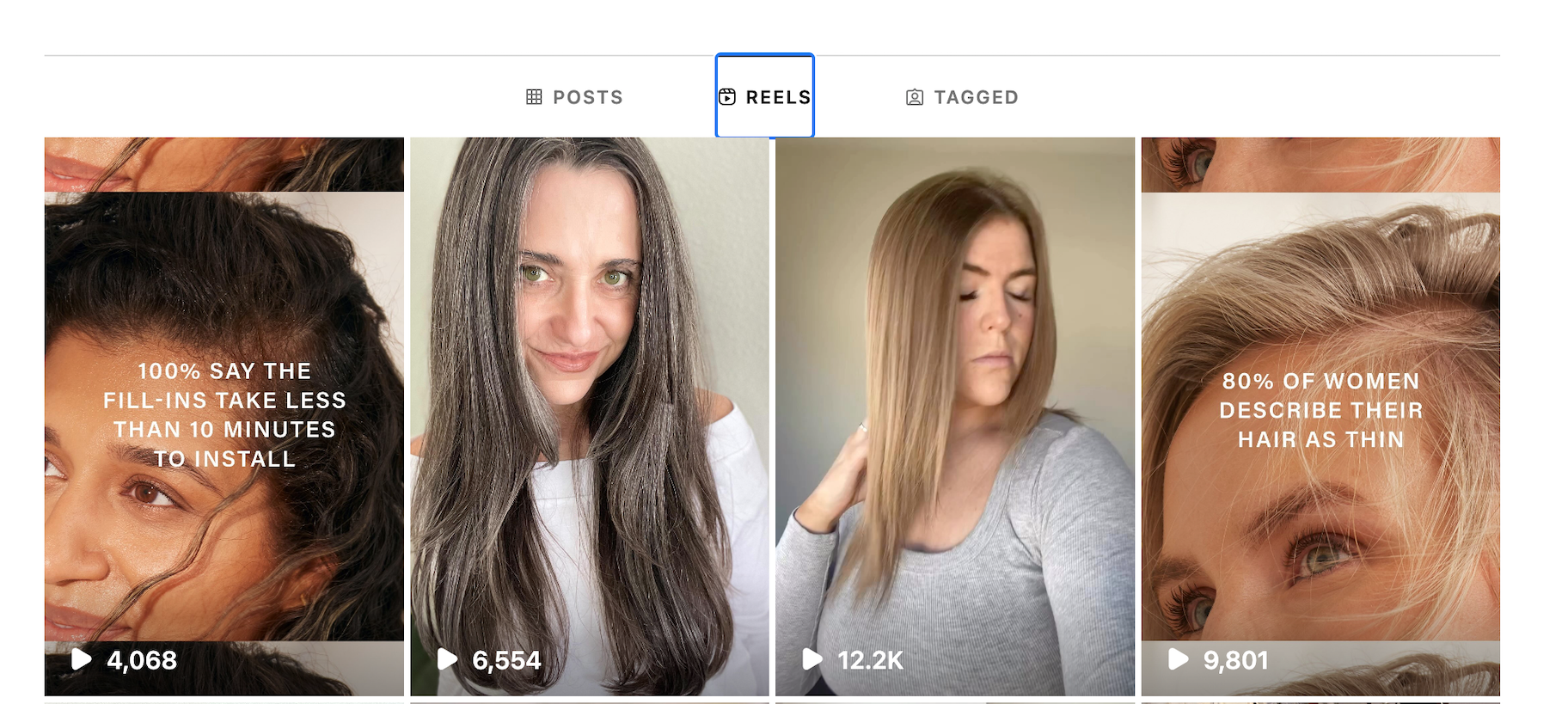
Instagram Live
Ever wanted a direct, live chat with your audience? This feature lets you do just that. Dive deep into tutorials, engage in a Q&A, or even collaborate live with others. And if someone missed it? No worries, there’s an option to replay.
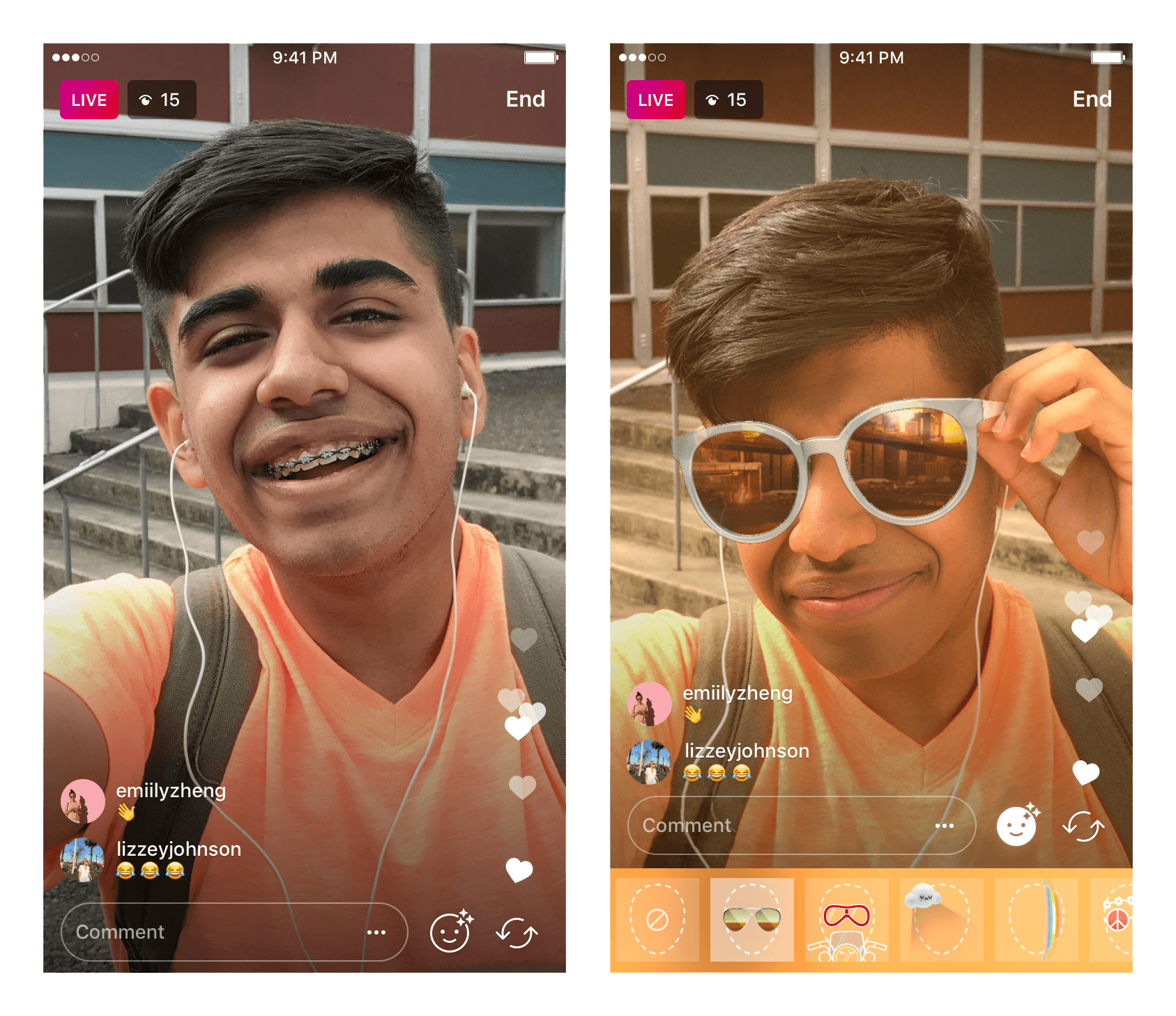
Broadcast channels
Broadcast channels are like chat groups on Instagram. You create them using Direct Messages (DMs). Followers join, chat, and engage through a special link. Broadcast channels strengthen community ties by offering a more intimate space for exclusive discussions.
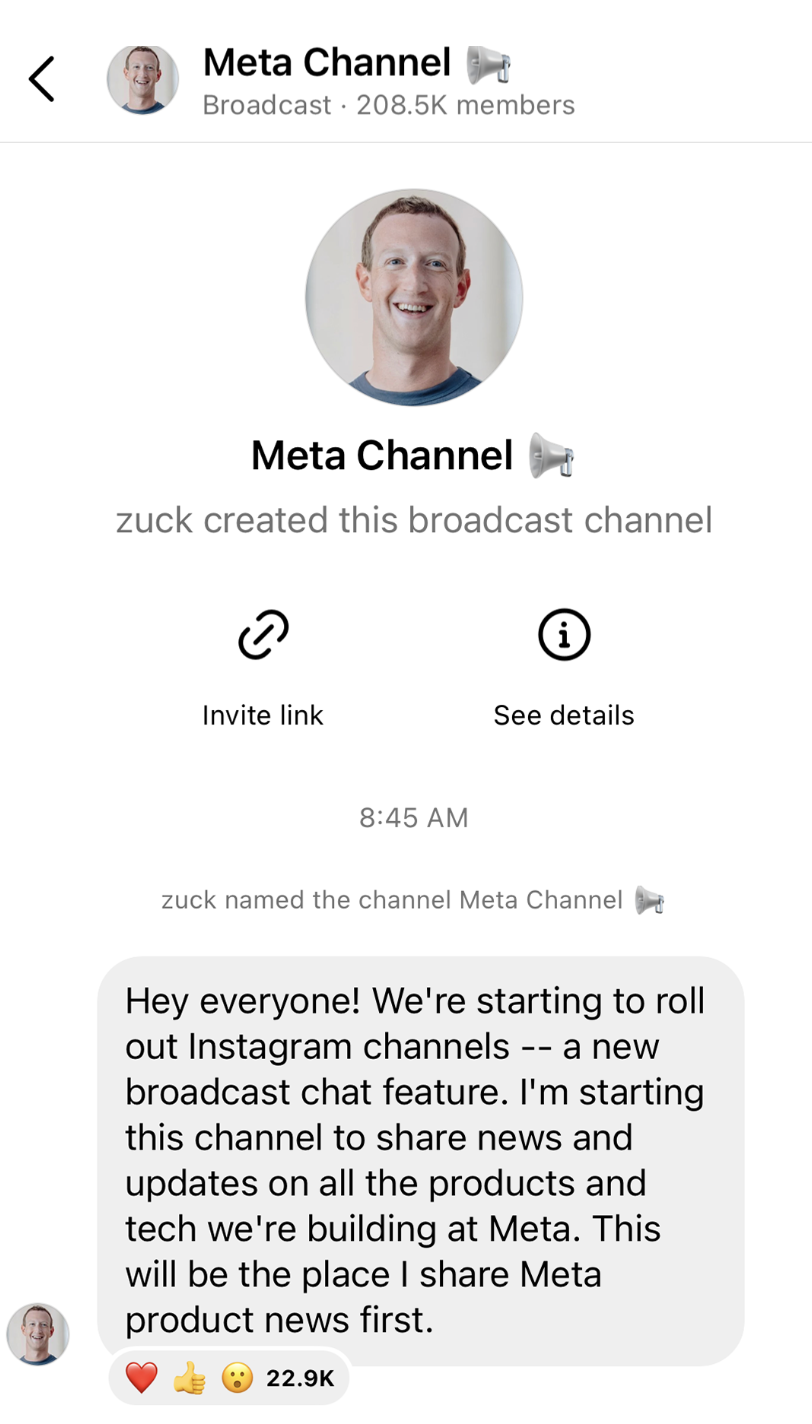
Instagram Notes
Think of these as bite-sized text messages that pop up in your Chats. Just like Stories, they disappear after a day. They’re primarily for sparking quick chats or giving short updates.
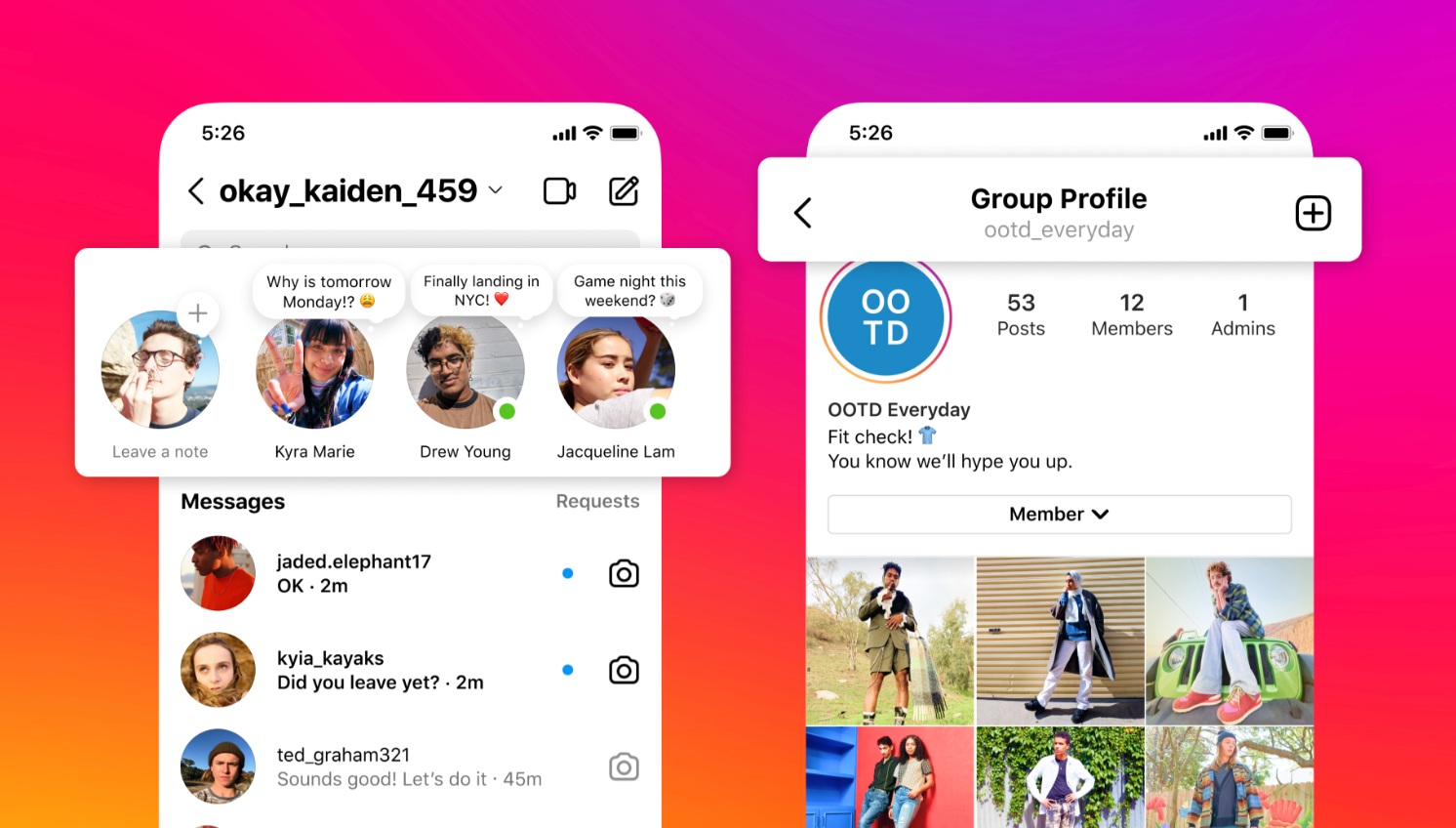
Instagram Ads
Want to zoom in on your ideal audience? Use Instagram ads. Tailor them using specific criteria, ensuring only the most relevant Instagram users see your content.
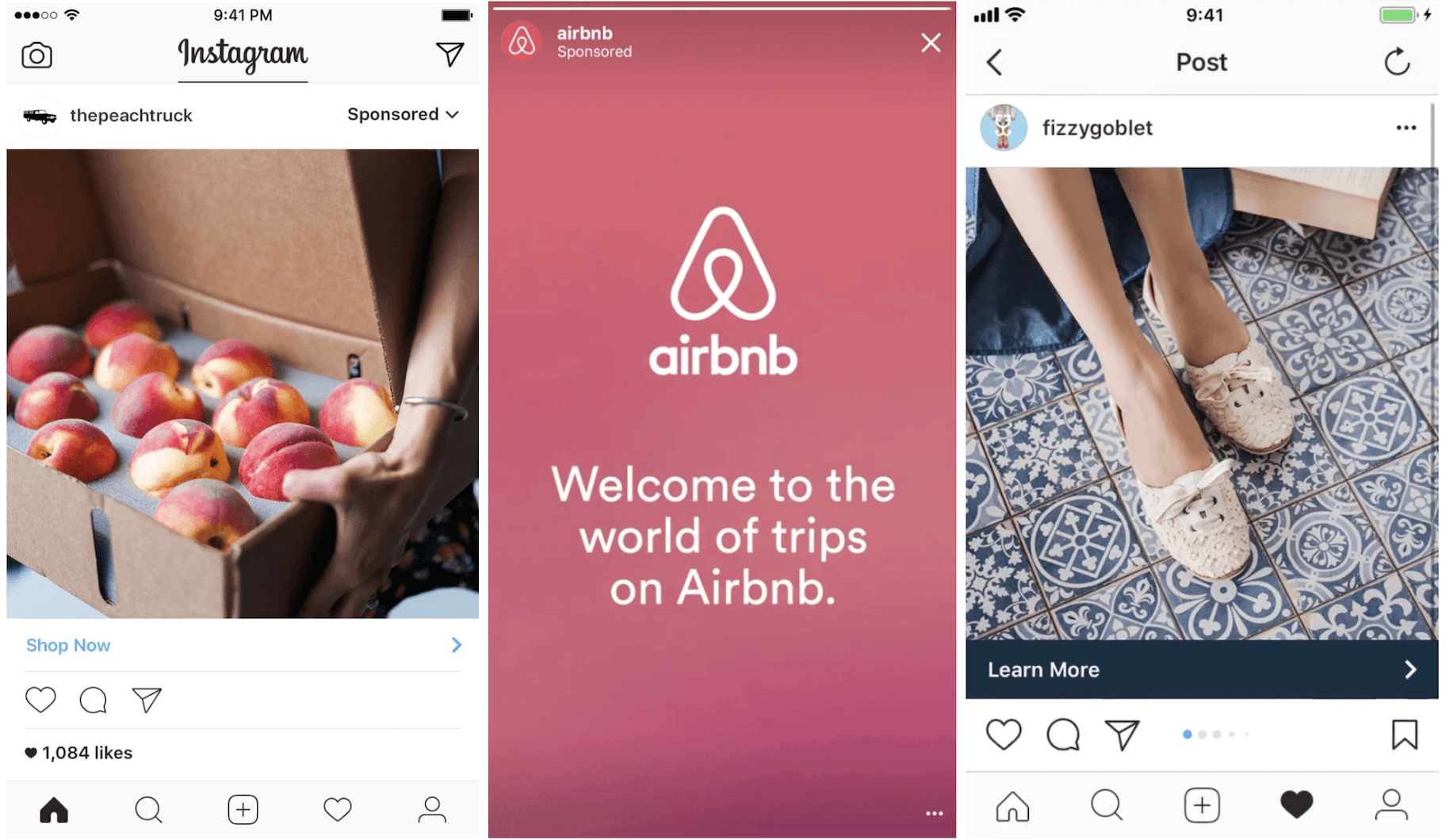
How to create a content strategy for Instagram
Crafting a successful Instagram content strategy requires understanding and engagement. Here’s a roadmap to guide you:
- Know your audience: Research and learn about your followers. Tailor content to their likes, interests, and behaviors.
- Stay consistent: Stick to a regular style and post rhythm. A unified brand image and predictable posting help retain followers.
- Be authentic: Share genuine moments, user feedback, or glimpses from behind the curtain. Realness strengthens bonds with followers.
- Interact regularly: Don’t just post. Respond to comments, appreciate followers’ posts, and encourage discussions.
- Show transparency: Emphasize that, on Instagram, brands don’t use cookies and data like on some other platforms. Transparency about this can enhance trust.
When and how often to post on Instagram
As mentioned above, in comparison to other marketing channels like Facebook, knowing how often to post on Instagram takes on its own unique strategy.
Posting at least once a day is a good benchmark, but anything ranging from four to five a week or even a couple of posts a day is acceptable. The main thing? Keep it consistent and focused on high-quality content.
Note that data suggests there isn’t really any limit in how often to post on Instagram, so it’s best to test and see what works for you. A solid place to start is to post once or twice a day and adjust from there.
So when is the best time to post on Instagram? This really depends on a few key factors: where you’re located, where your audience is located, and what your audience’s Instagram habits are. A good rule of thumb is to post during lunch (between 11 a.m. and 1 p.m.) and in the evening (between 7 p.m. and 9 p.m.) The best days? Monday, Wednesday, and Thursday. Sunday is generally the worst day to post.

How to use Instagram: Learning key features
Instagram boasts a range of versatile features for reaching and engaging with customers. Whether you’re a brand aiming to establish an online presence or an individual eager to connect on a broader scale, leveraging Instagram’s toolkit can significantly enhance your engagement metrics.
Sharing Content: Your Stories, Reels, Posts, and more
Instagram isn’t just about standard posts anymore. With an array of tools, you can share diverse content that resonates with your audience:
- Launch the app and tap on the central plus icon.
- Decide if you want to upload a post, Story, Reel, or go live.
- Click the camera icon to start recording (or choose shot footage from your camera roll).
- For a carousel post, use the “multiple photo button.”
- Embellish with filters, text, or stickers.
- Draft a compelling caption and tag relevant accounts.
- Tap Share, and your creation is now live for the world to see.
Introducing notes: Short, sweet, and engaging
Notes provide a refreshing break from traditional posts, allowing a space for quick updates or musings:
- Click the message icon located at the top right.
- Use the plus (+) symbol beside your profile picture.
- Pen down your note and perhaps add some catchy tunes.
- Hit Share and let your followers dive into your thoughts.
Engaging with content: Beyond just scrolling
A vibrant feed is the result of active participation. Engaging with other users can curate a more personalized Instagram experience:
- Access the Explore page via the magnifying glass icon.
- Discover new content or search for specific profiles.
- Boost your engagement by liking, commenting on, sharing, or saving posts.
- Remember, each interaction refines the Instagram algorithm, ensuring you see more of what you love.
Broadcast channels: Curate, share, repeat
For those passionate about a niche or theme, broadcast channels offer a dedicated space:
- Navigate to the message icon on your feed.
- Spot the pencil icon at the top right and tap.
- Opt for Create Broadcast Channel.
- Name your channel and decide on its visibility on your profile.
- Confirm your settings, and you’re all set to broadcast.
How to promote a business on Instagram
Post photos and videos
You need to consider how your photos (or videos) are going to look. What are you capturing in the frame? How will it appear on a mobile device? Will it showcase the product details that you want front and center? Does it match your brand aesthetic? Remember, you’re curating an entire feed, so it’s important that visuals are cohesive.
For instance, if you’re only selling t-shirts, it’s going to be inconsistent for you to share a photo of coats, shoes, or accessories. You can also specifically exclude items that you know don’t make sense for your account. If you look at American Giant’s Instagram posts, you can see the synergy between them.
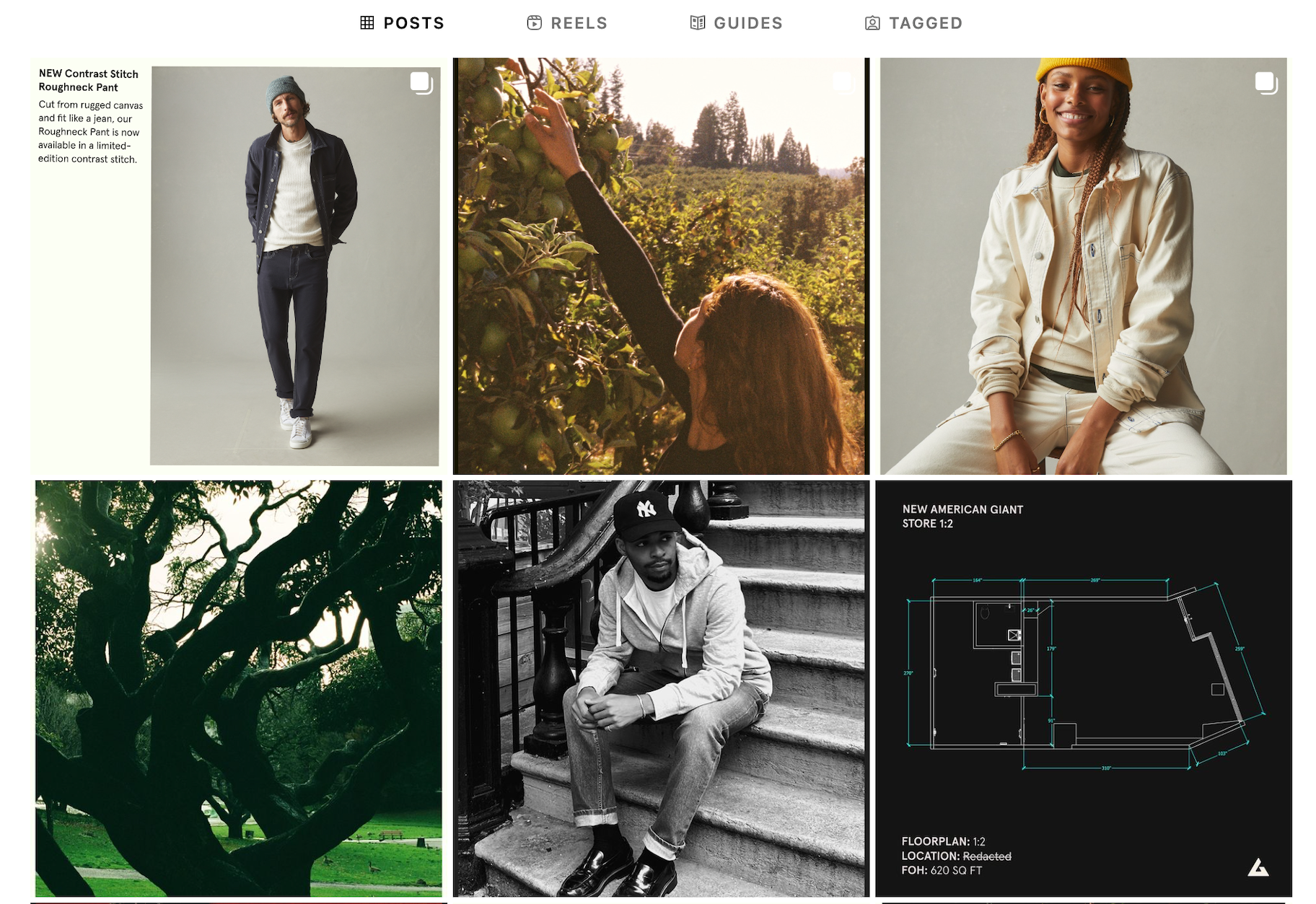
Make an impression with filters
Instagram has built-in filters that you can use to adjust the look and feel of your posts. This includes sepia, black and white, and several other effects. Generally speaking, it’s best to apply filters outside of the app in your own photo-editing software, so you can apply this to visual assets when not posting to Instagram too.
You should also pick a textual design to use for your posts. This includes font, style, and point size. It’s most likely going to be the same font on your website, to create synergy among different channels for increased brand recognition.
Use captions
Your visual content is only half of it. Each post gets room for an Instagram caption too. You get up to 2,200 characters (or approximately 330 words) to play with. You want to get creative here, too.
Captions should be easy to read and on brand. If your brand uses humor, be funny in your captions. If you’re a luxury brand, sophistication is key. Don’t be afraid to experiment with emojis either. These can be playful and conversational, perfect for social media.
Just like with your visuals, captions also need to be on brand and consistent. While your tone might change, it’s important that you remain true to your overarching brand voice. Consistency is crucial in today’s omnichannel world.
Leverage hashtags
The last thing on the list is hashtags. Consistently including hashtags in the description or comments section of your posts is a key strategy for boosting engagement on your account. As users click a given hashtag, they head to an entirely different feed with every post that includes that hashtag. This means your posts become discoverable to new audiences who may not already interact with your account.
To determine which hashtags to use, check your competitors, influencers in your niche, and the hashtags your followers use.
Toysmith includes hashtags on their posts:

Run paid ads on Instagram
In addition to growing your following organically, you can also create paid ads on Instagram. The ads will appear in your targeted audience’s feed, just as pictures and videos of the accounts they follow do. Choose a single photo or video to highlight a specific product or promote a collection with a gallery. You can also promote ads in Instagram Stories.
All you need to get started with creating your paid ads on Instagram is a Facebook ad account to add the channel from your Business Manager page. From here, things operate on the same system as Facebook ads.
Tracking your progress on Instagram
As with anything in marketing, it’s absolutely essential to track your progress over time and make adjustments to improve performance.
Some KPIs to think about on Instagram include:
- Followers: total, growth, etc.
- Engagement: likes, comments, reposts, views, etc.
- Visibility: impressions, reach, etc.
- Conversions: clickthroughs, referral traffic, sales, etc.
Knowing the proportion of people who view your profile in comparison to the number of followers you get can also be beneficial in determining whether or not you need to up your engagement in order to make more followers out of the people who are only viewing your profile.
Get Instagram-ready for 2024
Now you have the building blocks for deciding how to use Instagram for business. Be patient and give yourself the time you need to turn your account into a revenue-driving machine.
In summary, here’s how to use Instagram in 2024
- Start by setting up your account with your username handle, profile photo, Instagram bio, and link with tracking parameters.
- Create a content strategy to help inform your Instagram content calendar, publishing cadence, hashtags, and targeting.
- Remember to follow and engage with other accounts, especially in the beginning.
- Build a following organically and then experiment with targeted Instagram ads to reach your intended audience.
- Don’t forget to track your performance over time. Optimization is key to making sure you’re generating the most ROI for your efforts.
If you have any comments, questions, or experiences using Instagram for your dropshipping business, feel free to share in the comments section below!






